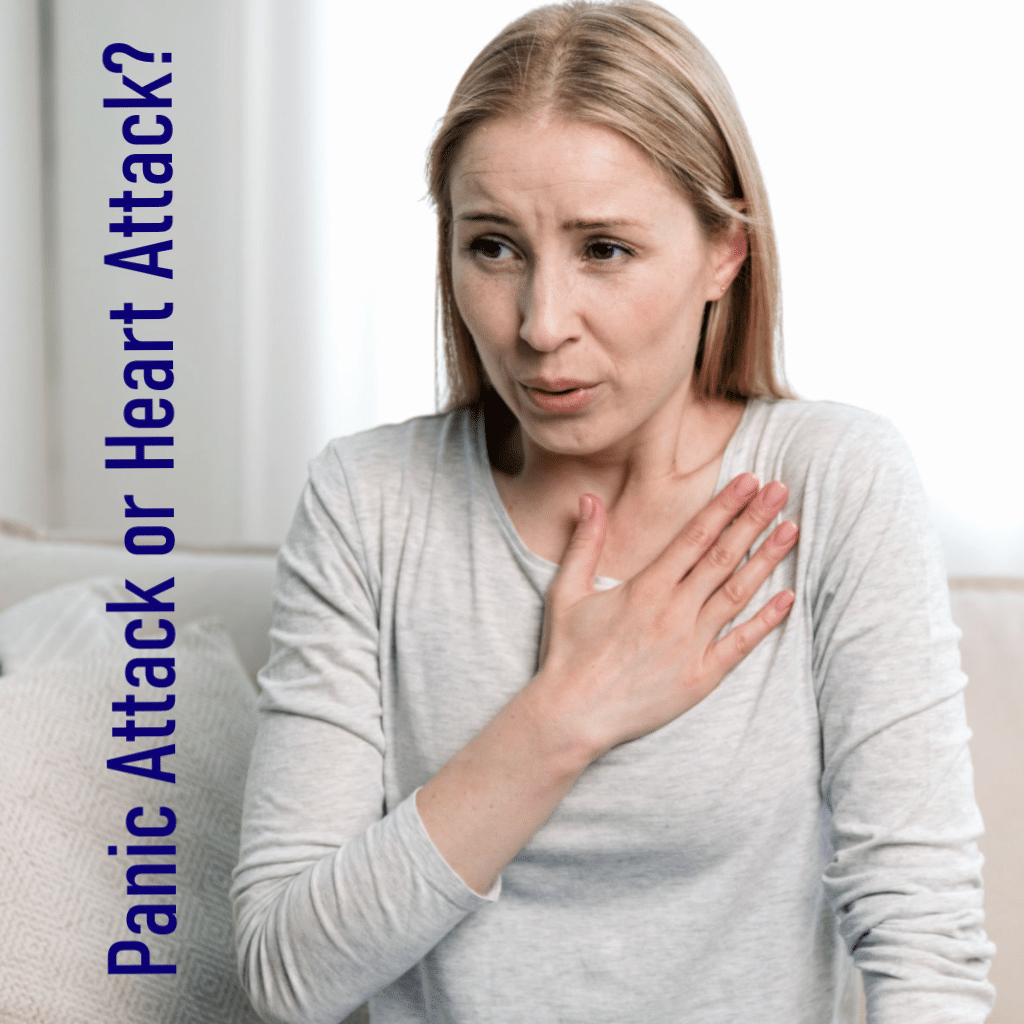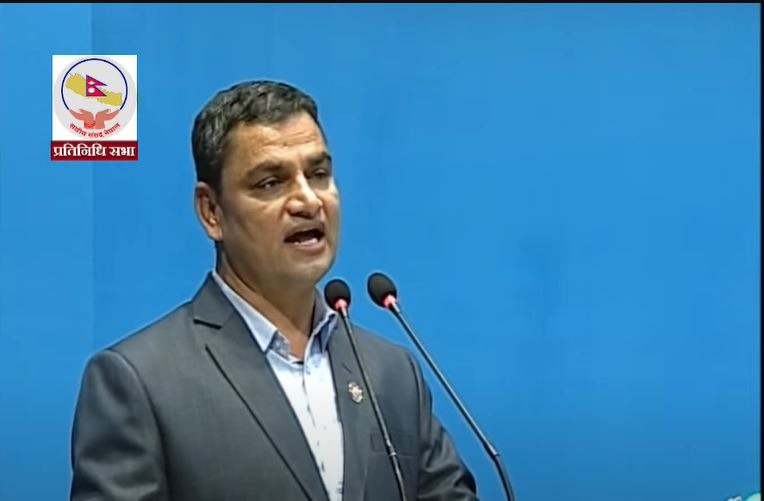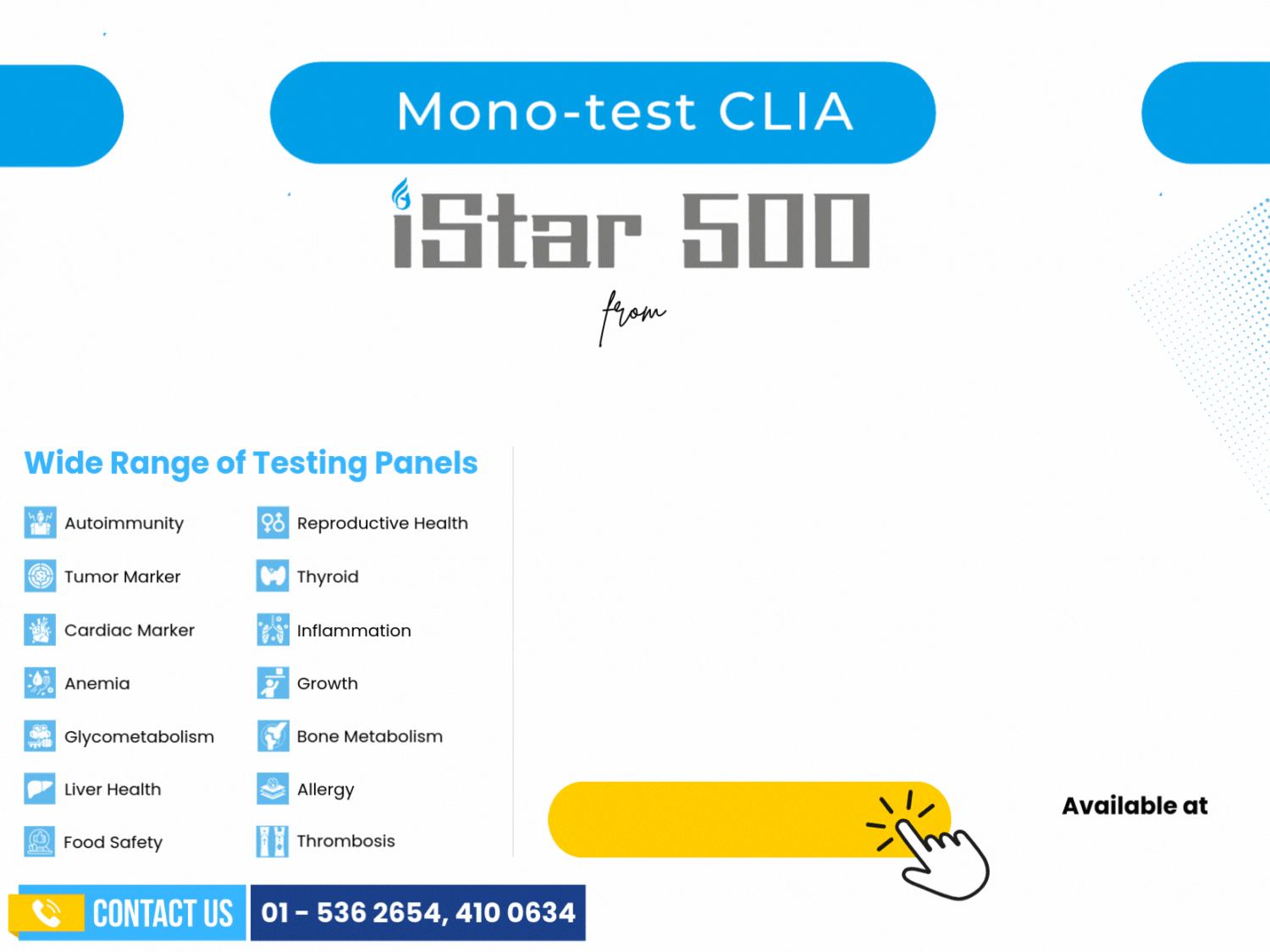
Chest pain is one of the most alarming symptoms a person can experience. It often leads to a terrifying question: Am I having a heart attack—or could this be a panic attack? The fear is real, and the confusion between the two is common, especially since both can strike suddenly and produce intense physical symptoms.
However, while heart attacks and panic attacks can feel similar in the moment, they stem from very different causes—and understanding the difference is crucial for your safety and peace of mind.
What Happens During a Heart Attack?
A heart attack, medically known as a myocardial infarction, occurs when blood flow to the heart is blocked—usually by a clot in the coronary arteries. Without oxygen-rich blood, the heart muscle begins to die.
Typical symptoms include:
A dull, heavy, squeezing, or crushing pain in the chest (like a weight is sitting on it)
Pain or discomfort radiating to the left arm, neck, jaw, back, or upper stomach
Shortness of breath, nausea, or vomiting
Cold sweats, dizziness, and an overwhelming sense of weakness
The pain usually lasts more than 10 minutes and doesn’t go away with rest. It may start suddenly or build gradually. Heart attacks are life-threatening and require immediate medical intervention.
What Happens During a Panic Attack?
A panic attack is a sudden episode of intense fear or anxiety that triggers severe physical reactions—often without real danger. It originates from psychological causes, such as overwhelming stress, trauma, or mental health conditions like panic disorder.
Typical symptoms include:
Sharp, stabbing, or localized chest pain
Rapid breathing (hyperventilation) and shortness of breath
Palpitations (racing or pounding heart)
Tingling or numbness in the hands and feet
Dizziness, sweating, and trembling
A strong sense of fear, dread, or detachment from reality
Most panic attacks peak within 10 minutes and subside on their own within 20–30 minutes. While frightening, they are not physically harmful or fatal.
How to Differentiate the Two: A Closer Look
Although they overlap in symptoms, heart attacks and panic attacks can often be distinguished by a few critical differences:
Nature of Chest Pain
Heart Attack: Dull, heavy, squeezing pain that spreads to other areas
Panic Attack: Sharp, stabbing, localized pain, usually in the center of the chest
Duration
Heart Attack: Symptoms last longer than 10 minutes and may worsen with time
Panic Attack: Symptoms peak quickly and fade within half an hour
Triggers
Heart Attack: Can occur during physical activity or at rest, especially in people with risk factors (age, smoking, high BP, diabetes, etc.)
Panic Attack: Often linked to psychological stress, trauma, or emotional overwhelm
Additional Signs
Heart Attack: Nausea, sweating, jaw or arm pain, extreme fatigue
Panic Attack: Fear of dying, choking sensation, feeling detached from reality
If you are unsure whether it’s a heart attack or a panic attack, always assume it’s the heart. It’s better to seek urgent medical care and be told it was “just a panic attack” than to dismiss symptoms and risk serious heart damage.
swasthyaadmin
Published: June 27, 2025









